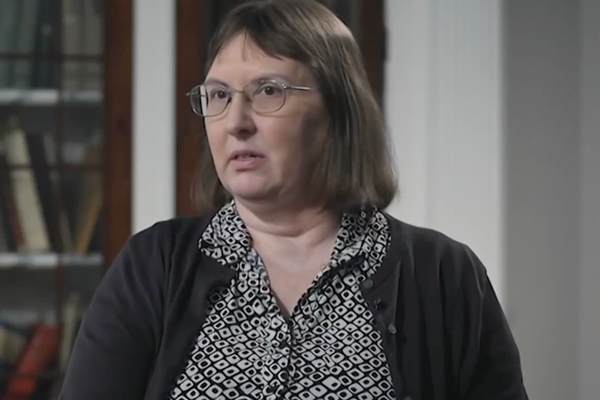
A new pavilion at the Serpentine Galleries in Hyde Park is now firmly established as a regular moment in London’s annual calendar. Provocative, thoughtful or both, the prestigious architectural commission has seen work by Zaha Hadid, Oscar Niemeyer, Frank Gehry, Ai Weiwei and Sumayya Vally. Now the Lebanese/French architect Lina Ghotmeh, has created à table, a building inspired by the invitation to sit, share food and chat…
Ghotmeh describes her approach as an ‘Archaeology of the Future’, welcoming us to dig a little deeper. As an archaeologist, I could not resist the invitation.
The choice of a new pavilion each year by the Serpentine is well made. Pavilions are fleeting structures, either because they are temporary in construction (such Ghotmeh’s, which will close at the end of October) or because they are not in permanent use. They are places built for pleasure, relaxation, learning and entertainment, and deeply rooted in the idea of looking out onto the world, be it a garden, landscape or a cricket match.
And aside from this annual construction in Hyde Park, London has a huge variety of pavilions. The earliest were reserved for the aristocracy and range from medieval hunting lodges to Roman- or Greek-inspired 18th Century buildings where those touring the grounds of the city’s great palaces could take refreshment or listen to music. The garden house at Charlton is a good example. This little gem was built in the early decades of the 1600s for Sir Adam Newton, probably as a banqueting house from which to survey the gardens of the nearby Jacobean hall. Syon Park’s boathouse pavilion is another: an elegant white confection built in the 1770s in which to prepare for a trip down the Thames.
By the 19th Century pavilions become far more democratic – places for the people rather than the privileged. Some were inspired by the Victorian values of industry and learning – it can be argued that the Crystal Palace, the centre-piece of the 1851 Great Exhibition (its original site just a stone’s throw from Ghotmeh’s new construction) was the grand-daddy of all pavilions. Visited by six million people in the six months that it was open, its 60,000 panes of glass and 1,000 iron columns were moved to Sydenham Hill in 1894. Sadly it was destroyed by fire in 1936.
Elsewhere, across the city new structures such as pool-houses, sporting pavilions, and bandstands were built to serve thousands as opposed to a few. The original London Pavilion was a dance-hall by Piccadilly Circus – forerunner to the modern night club! Some were dedicated to science, such as Greenwich’s Altazimuth Pavilion, built in 1899 to house a telescope. Others were for the worship of the round ball, with the grand cricket pavilions at Lords and the Oval being obvious examples, complemented by dozens more found in parks across London.
The 20th and 21st centuries continue the tradition of pavilion building, be it the Elephant and Rhino pavilion at London Zoo built in 1962 to resemble ‘animals drinking from a pool’, through to the perfumed pavilions of Chelsea’s annual flower show and The Pavilion at the gateway to the Olympic Park in Stratford.
While pavilions might appear a luxury, I would argue that in our busy, frenetic urban lives we need places to relax, to learn and to have conversations more than we have ever done so before. We should cherish these special places. There are 38 Listed pavilions across Greater London, and the international charity, World Monuments Fund, has highlighted many that need protection, including Oscar Niemeyer’s extraordinary International Fairground in Tripoli, Lebanon, designed exactly 40 years before his 2003 Serpentine Pavilion.
Finally, to revert to a bit of linguistic archaeology – the word ‘pavilion’ comes from the archaic French pavellun, which in turn derives from the Latin papilio, butterfly… light, fleeting and with tent-like wings. Enjoy these treasured ‘temporary’ places or their short-lived contents and moments of inspiration; make the most of them while they are around. Butterflies never settle for long.







